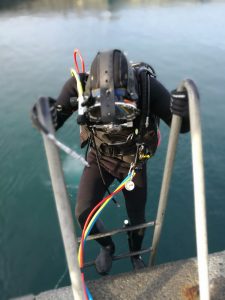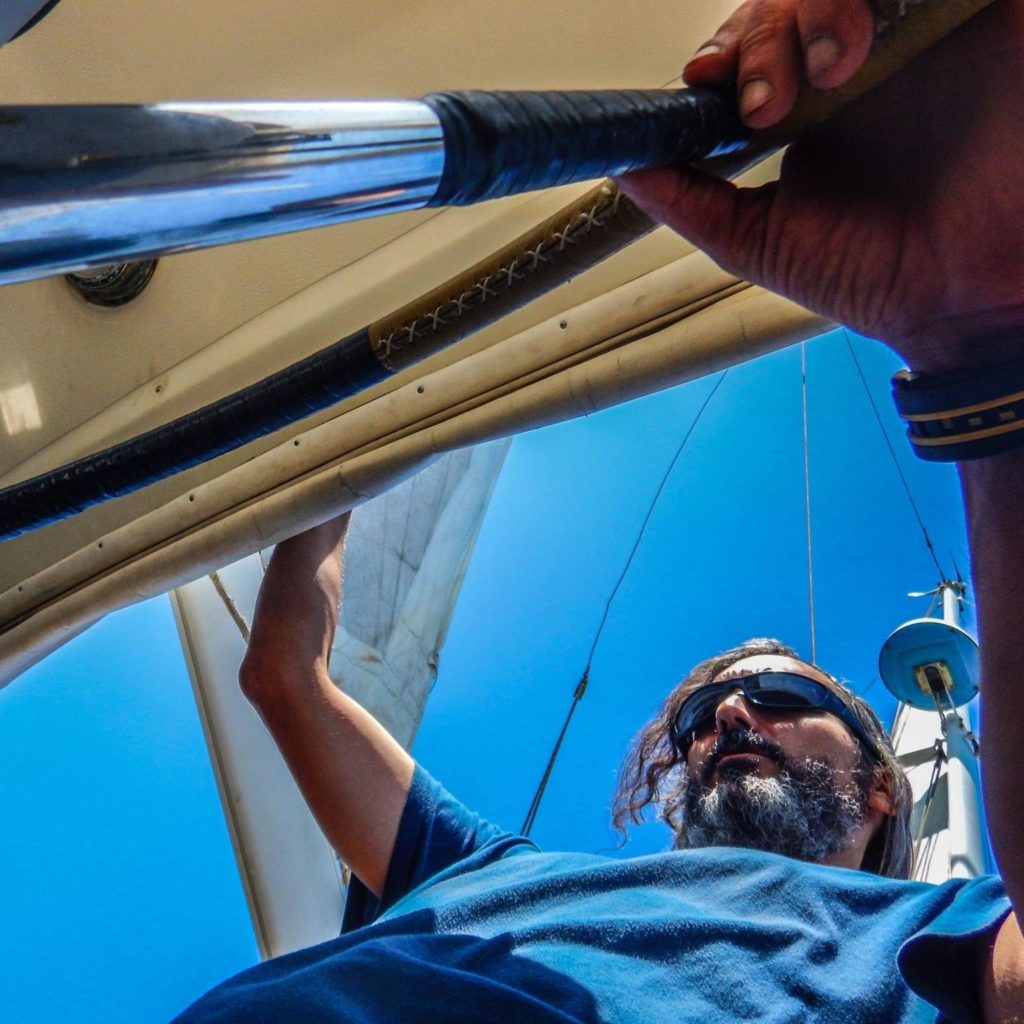

This is the personal web site of Yvan Figueiras-Ruiz, writer –winner of the I and the VII International Prizes of Historical Divulgation Juan Antonio Cebrián, commercial diver, sonar technician in submarines, photographer and graphic designer, as well as being a collaborator of the Radio Nacional de España program Espacio en Blanco and a member of the remembered radio show Dimensión Límite or Ángulo 13.
The site is created as a photo portfolio, with special emphasis on pictures os my voyages, like the Pacific Ocean crossing that the crew of the SV White Pigeon managed to accomplish in 2018, Easter Island, Cape Horn, Namibia, the Middle East o any other place on Earth that I’ve had the pleasure to travel to.
In the section dedicated to my literary work there a some synopsis of the books I’ve had published: Los Enigmas de la Isla de Pascua, R.M.S. Titanic, Jack el Destripador: caso abierto, Enigmas y Misterios de la Mar and the recent Operaciones Nucleares Submarinas. I don’t want to forget to mention one of my hobbies: home robotics.
In the blog there are also links to my participation in several media, specially radio and the videos that i upload to my YouTube channel.
Thanks for visiting our site. We hope that the continuous renovations aren’t too annoying.
To view the web in spanish press here.
Y.F.R.

 There are islands that seen to play cat and mouse with sailors. Islands that are inscribed in maps for a long time untiel it is confirmed that they do not really exist. On occasion they are called “ghost islands”, the same that happens to boats and ships with crews that vanish without leaving a trace, creating al kind of speculation.
There are islands that seen to play cat and mouse with sailors. Islands that are inscribed in maps for a long time untiel it is confirmed that they do not really exist. On occasion they are called “ghost islands”, the same that happens to boats and ships with crews that vanish without leaving a trace, creating al kind of speculation.
